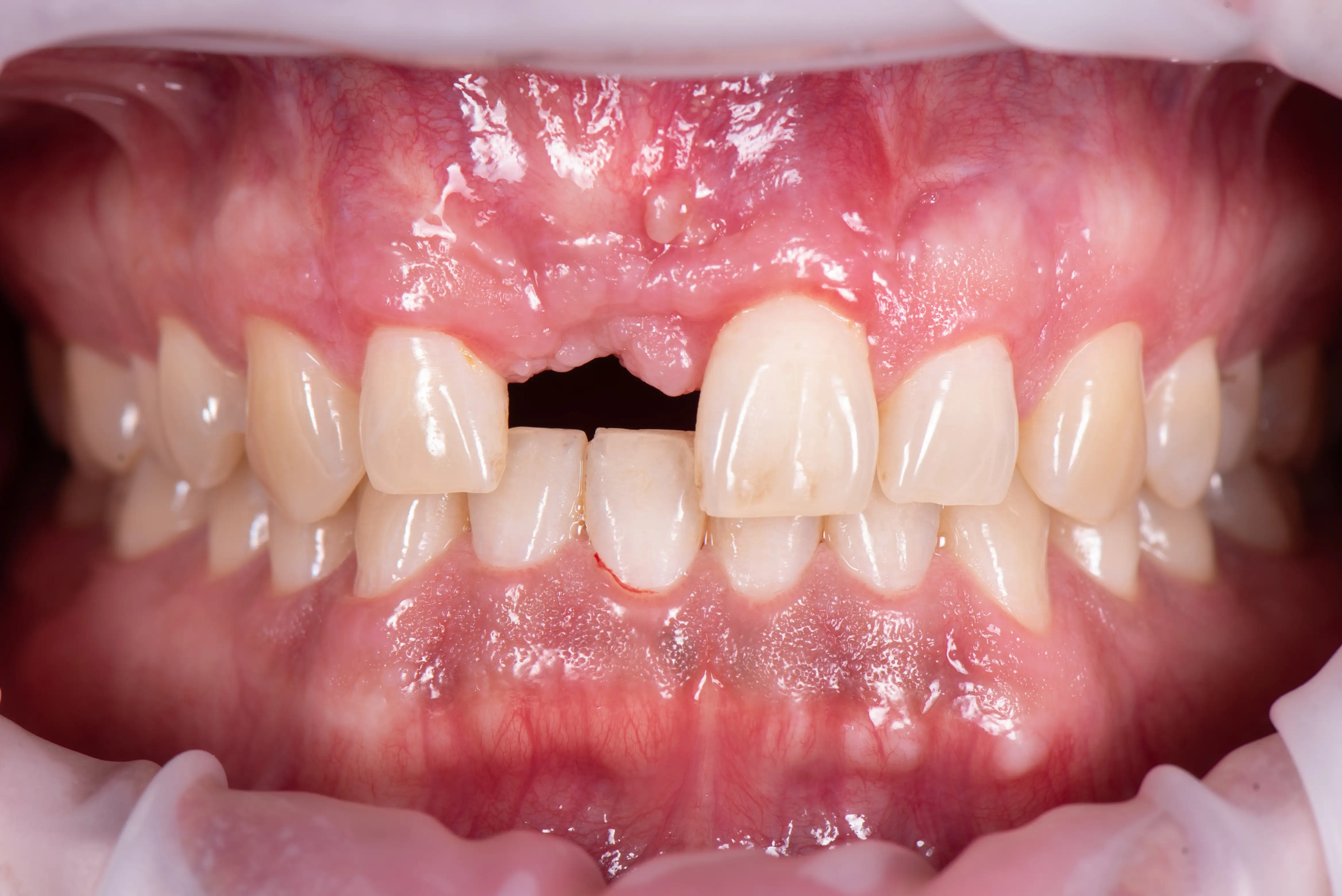Surgical solutions
There are several methods of restoring lost teeth. Dentures or dental bridges are less expensive methods but come with a number of disadvantages, such as grinding healthy teeth, shrinking the gums and bone, discomfort from the mobility of the prosthesis.
The surgical solutions we offer at Masterdent are designed to shorten the treatment time and make the surgery minimally invasive, in the conditions of an operating room and day stationary.

What does it really mean to lose a tooth?
This seemingly local problem can cause a number of consequences, which will affect oral health and the proper functioning of the roles it plays. Difficulty chewing and overloading the remaining teeth are just one part of the problem, which is essentially more complex.
The lack of a front tooth can affect the self-confidence, the socializing ability of the person who is intimidated, due to the unsightly appearance, to speak or laugh in public.Tooth loss is a problem that needs to be addressed in a timely manner, otherwise treatment becomes increasingly difficult and expensive.
Masterdent solutions
The individual implant involves replacing the missing tooth from the root to the crown. This type of treatment keeps the neighboring teeth intact, and the end result is aesthetic and functional.
Clinical cases
Patients who need to replace one or both dental arches with a new set of teeth can opt for fixed prosthesis systems, after which the patient can benefit from temporary work within 24 hours.
Clinical cases
The treatment of total edentulousness has evolved, so there are various alternatives that can replace mobile prostheses.
A full-mouth rehabilitation offers the possibility of restoring all teeth on an arch, with only 4 implants in the mandible and 6 implants in the jaw. The implants allow the fixing of an intact bridge for each part of the jaw. The biggest advantage of this method is that a temporary prosthesis is performed immediately after the operation, and the patient leaves the office with his teeth fixed.
Clinical cases
Your health is a priority
The first step to changing your life

Affordable vs Premium
The cost of treatment depends on several factors. The most important are the type of implants, their number, the need for additional surgery such as the addition of bone or sinus lifting, the cost of the prosthetic component.
In our 20 years of experience, we have selected several implant manufacturers that we have one hundred percent trust in. Thus, each patient can choose between affordable and higher-priced options, being a sure fit that the treatment results will last over time.
Dental implants

- Made in Korea
- World-renowned company for research and development in dentistry
- 20 years of clinical experience of dental implants
- High quality at an affordable price
- High quality prosthetic components at an affordable price

- Made in Germany
- Company that ensures German quality and have a success history
- 40 years of clinical experience
- A perfect choice for Fast and Fixed
- Expensive prosthetic components

- Made in Switzerland
- World leader in sales and research
- 70 years of scientific research experience in the field of implantology
- High-priced implant
- Lifetime warranty
- High biocompatibility
Prices
Implant-prosthetic treatment is performed in several stages, so for the convenience of patients, we offer the option of staggering prices - each stage can be paid separately, with the advancement of treatment. No hidden costs.
Preoperative preparation requires a thorough clinical examination of the quality and quantity of bone available on computed tomography.
The general health of the patient is also assessed.
The first surgical step is to insert a dental implant into the bone.
If there is sufficient bone supply and gingival support, the operation takes about 30 minutes. It is not painful, and patients can return to their daily activities the day after the procedure.
In 6 months, during which time the dental implant integrates into the bone, we can advance the surgical work.
At this stage the dental implant is uncovered and a healing abutment is applied, which has the function of creating the emergency profile around the future prosthetic construction.
This step involves making the actual crown. The prosthetist will obtain an impression of the oral cavity and send it to the dental laboratory, where the crown will be manufactured.
In order to obtain a result as accurate as possible, in the next 5 days, the patient will have to come to several tests of the future prosthetic construction. Finally, the crown is fixed and the patient restores his smile and ability to chew food without feeling any difference between his natural teeth and the new dental implant.






